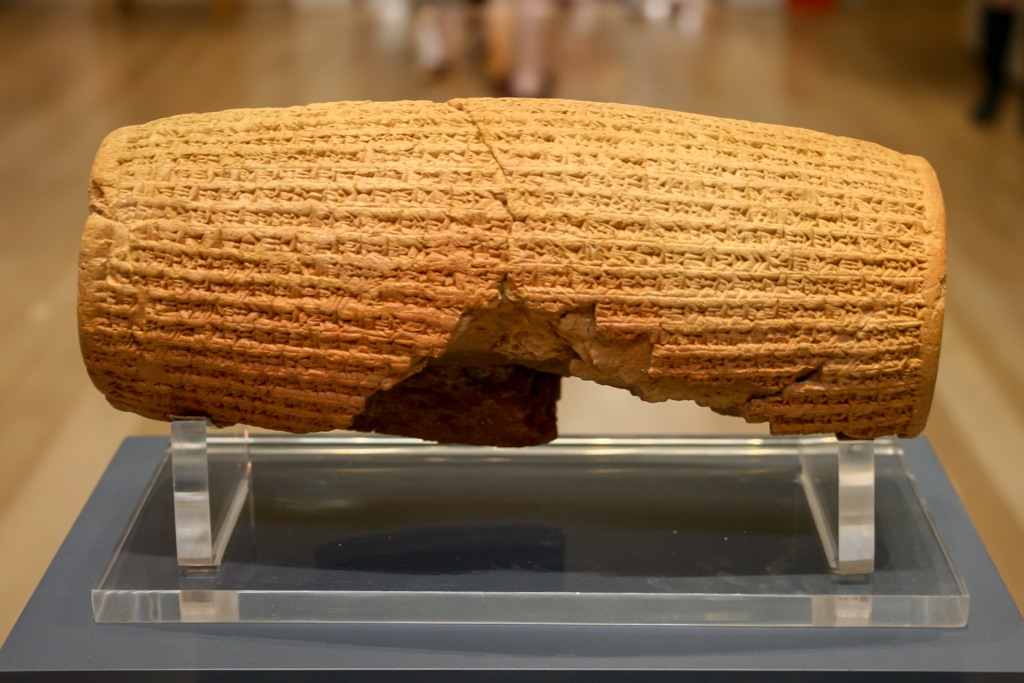The Cyrus Cylinder is an ancient clay artifact that dates back to the 6th century BC. It was created during the reign of Cyrus the Great, the founder of the Achaemenid Empire in Persia. The cylinder is inscribed in Akkadian cuneiform script and has been hailed as the first charter of human rights. It was discovered in 1879 during excavations in Babylon and has since been a key piece of evidence in understanding ancient Persian history and the early concepts of governance and human rights.
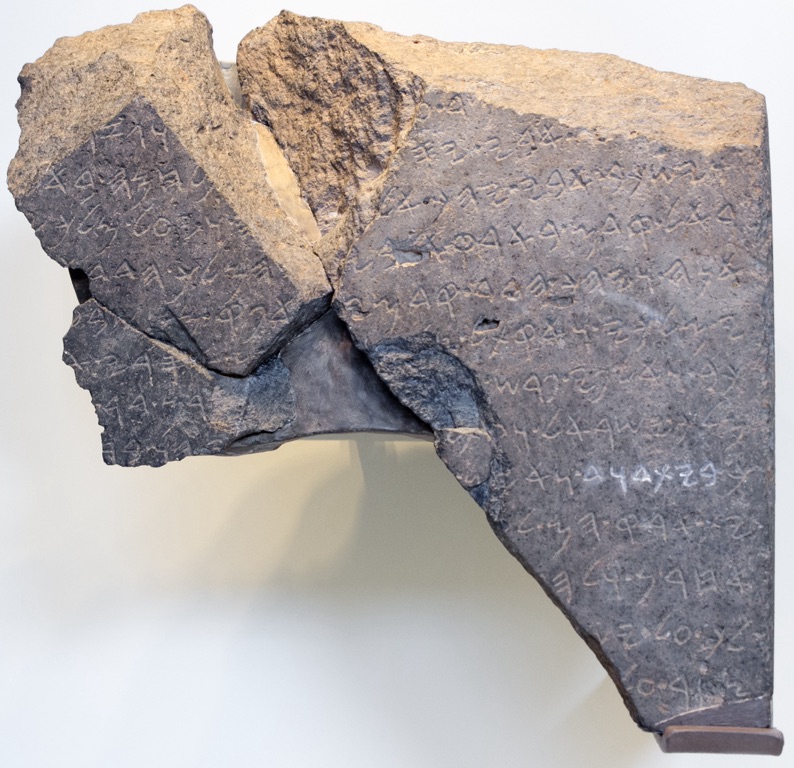
The Tel Dan Stele
The Tel Dan Stele is an ancient basalt stele unearthed in northern Israel’s Tel Dan by archaeologist Avraham Biran. Discovered in 1993 during an excavation, the stele’s inscription is a significant historical find. It dates back to the 9th century BCE and is believed to have been commissioned by a king of Aram-Damascus. The inscription mentions the ‘House of David,’ which is the first historical evidence of King David outside the Bible. This discovery has stirred considerable debate and interest among historians and archaeologists, as it provides material evidence of the biblical narrative.
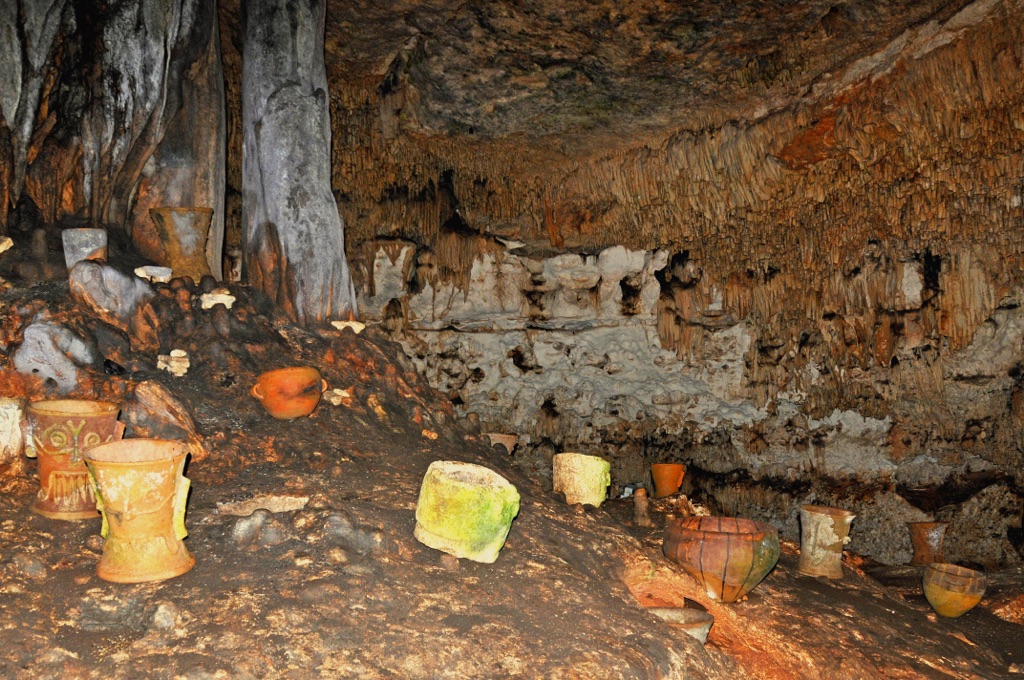
Balankanche Caves
The Balankanche Caves, located near Chichen Itza in the Yucatan Peninsula of Mexico, are a significant archaeological site. They hold a treasure trove of Mayan artifacts and offer insights into the religious practices of the ancient Maya civilization. The caves were a sacred space, used for ceremonies and as a repository for offerings to the Mayan gods. The discovery of the caves in modern times has provided a unique glimpse into the spiritual world of the Maya.
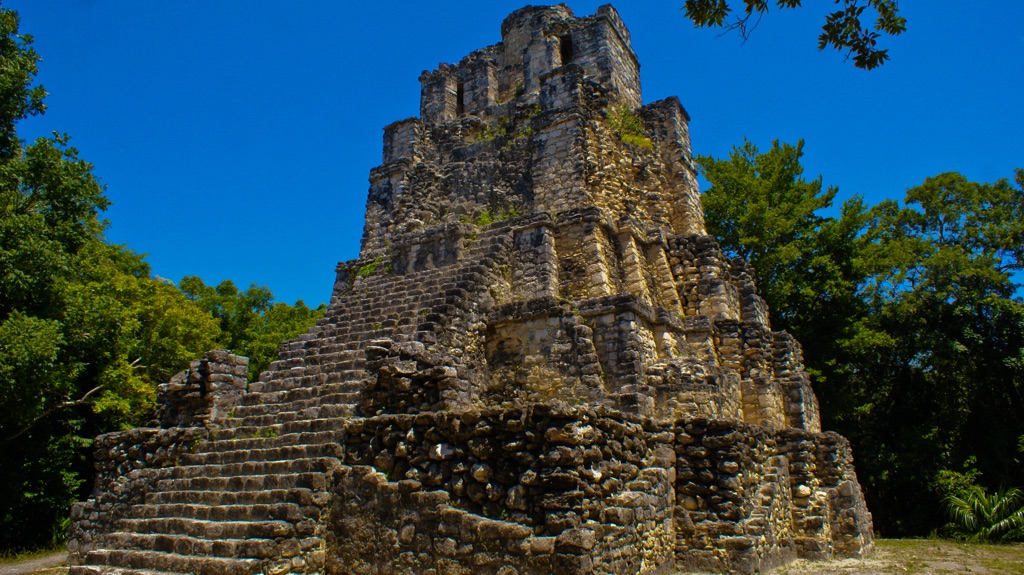
Chunyaxche (Muyil)
Chunyaxche, known today as Muyil, is an ancient Mayan site located in the modern-day state of Quintana Roo, Mexico. Nestled in the Sian Ka’an Biosphere Reserve, it is one of the oldest and longest inhabited Mayan sites on the eastern coast of the Yucatan Peninsula. Muyil boasts a rich history that spans several centuries, with evidence of its earliest settlement dating back to as early as 350 BCE. The site is renowned for its well-preserved ruins, including temples, castillos, and the iconic El Castillo pyramid, which stands as a testament to the architectural prowess of the ancient Maya civilization.
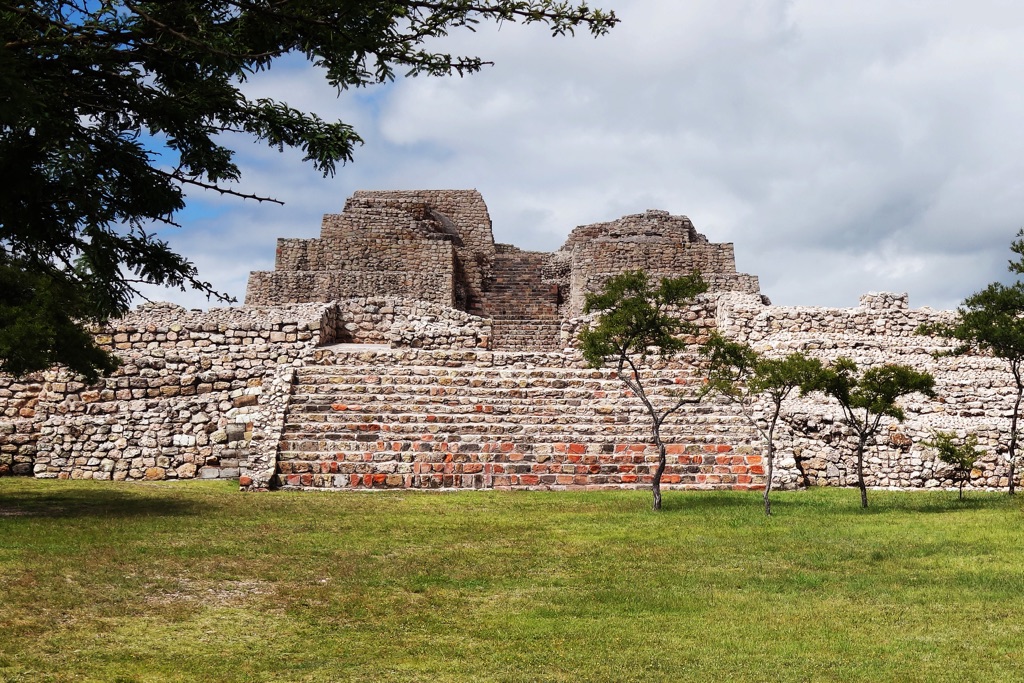
Cañada de la Virgen
Cañada de la Virgen is an archaeological site located in the Mexican state of Guanajuato. Discovered in 1998, it has since been a focus of significant historical interest. The site features a complex of pyramids, temples, and plazas. It is believed to have been built by the Otomi people, who inhabited the area around 540 AD. The site’s structures align with celestial events, suggesting its use for astronomical and religious purposes. Cañada de la Virgen offers a glimpse into the Mesoamerican cultures that flourished before the Spanish conquest.
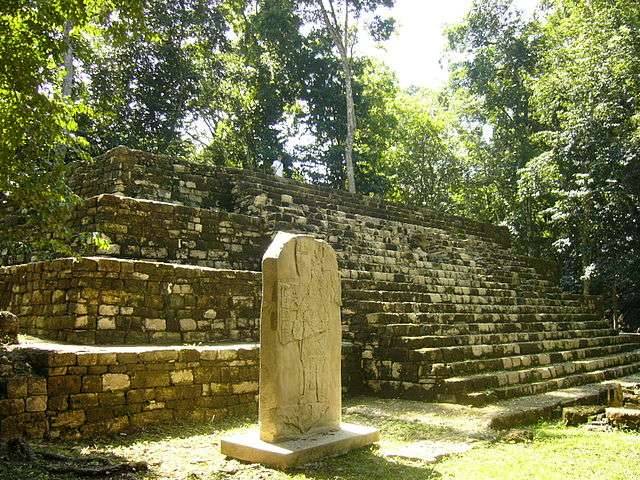
Aguateca
Aguateca is a remarkable archaeological site located in northern Guatemala, part of the larger region known as the Petexbatún. It thrived during the Late Classic period of the Maya civilization, boasting a unique blend of natural defenses and architectural sophistication. The site is renowned for its well-preserved ruins, including palaces, temples, and a network of causeways. Aguateca’s sudden abandonment provides a snapshot of the Maya civilization at a critical moment, offering invaluable insights into their daily lives and societal structure.

